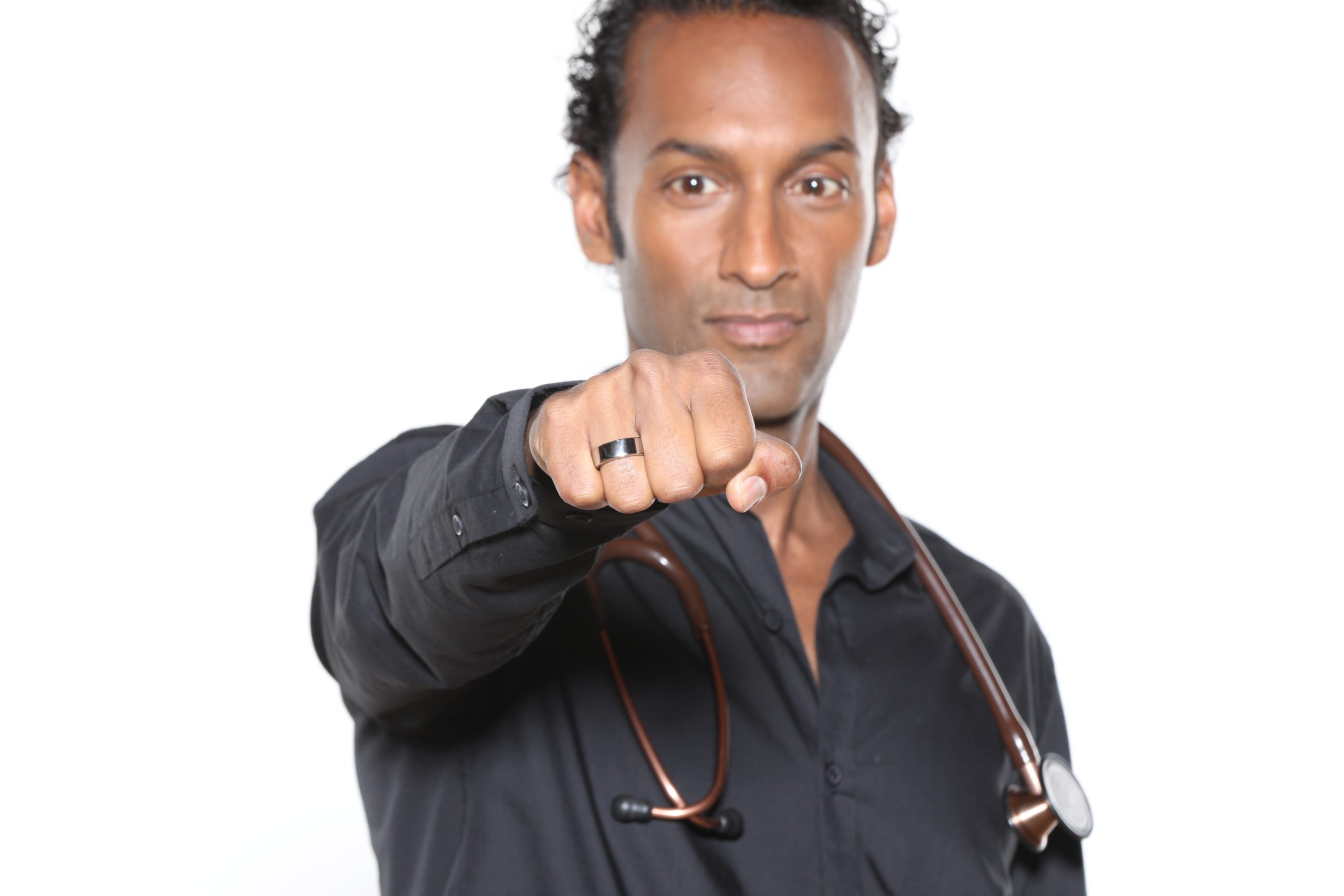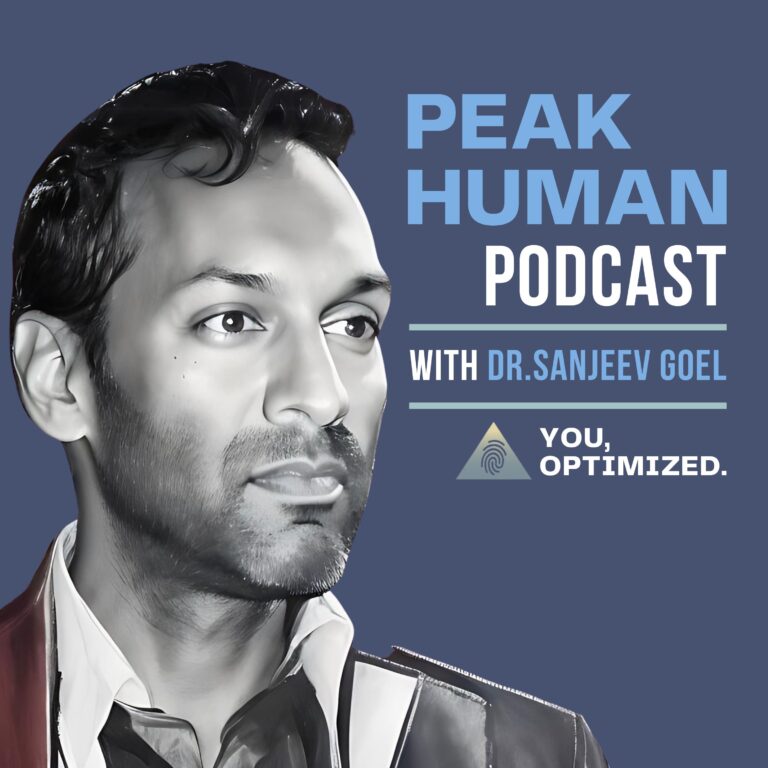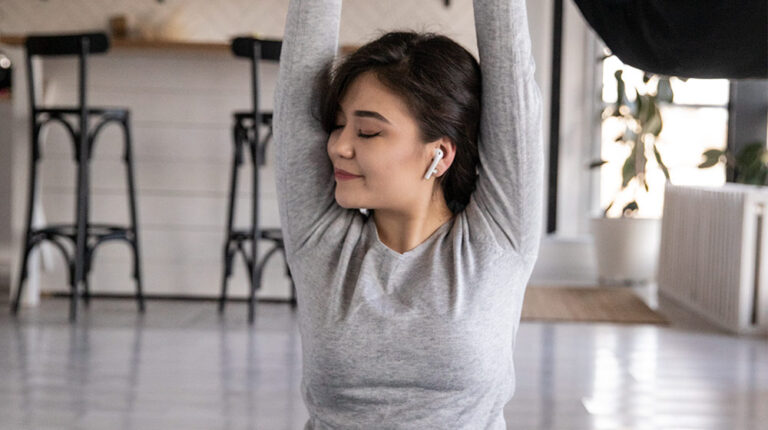The OuraRing – What’s the hype?
Is it actually useful or just a fancy fad? I recently had the opportunity to interview Harpreet Rai CEO of OuraRing on the Peak Human Labs podcast. Listen to the show here or on download on Itunes.
We discussed the OuraRing which I think is the best device/wearable on the market today to track your sleep, HRV and activity.
The design of the ring is unintrusive, light and looks stylish. Recently someone commented that my “wedding ring” was cool.
I’ve been wearing my ring for about 3 months now and it has become of part of my lifestyle allowing me to really get a sense of what works with this cool lifestyle enhancer and ultimately most important “behaviour changer”.
We all understand the importance of tracking activity – in fact your iPhone does a pretty good job doing that. Let’s take a more in-depth look at some of the other indicators of your health that the OuraRing looks at and their importance.
HRV
Let’s start with HRV, short for Heart Rate Variability. This measurement has traditionally been reserved for pro athletes and performance research institutes using specialized chest bands to get the readings – so out of the reach of most of us.
HRV has been shown to be a useful indictor of heart fitness. Generally the higher the beat to beat variability of your heart – the greater the fitness of your heart. In times of stress, physical or mental – your sympathetic nervous system gets activated. When this happens, your heart rate speeds up and the HRV goes down. How fast you recover to your resting level of HRV is a measure of your heart health. In this way it is analogous to your resting heart rate – except that a lower RHR is considered a sign of greater heart fitness.
Sleep
All of us need to spend at least a 1/3 of our lives asleep in order to rest, recover from and integrate the previous days happenings. Sleep as serves to get our bodies and mind ready for the next day of activity – mental and physical.
There are different stages of sleep that include Deep Sleep, REM sleep and Light sleep. Whether we feel rested or tired after a night of sleep depends on multiple factors including the various amounts of the different types of sleep (deep, light, REM) and duration.
What you do in the daytime – including your activity, when you last ate dinner, mood, light exposure, alcohol or cannabis use all have impact on how you sleep.
So now the most important question – does having an OuraRing change your life?
I think it can.
Behaviour change requires a few things:
- Feedback in close to real-time in an understandable format
- Indicators that can be impacted by behaviour change and are relevant to health
- A collection method that is simple and unobtrusive
In these 3 areas, the OuraRing scores well. For example, the Sleep, HRV and RHR indicators are compiled into a composite score called the “Readiness Score”. This Readiness score makes it easy to see day-to-day changes and trends in your general health.
So if you have a heavy night out partying and end up having 3-4 drinks and sleeping at 2 am – you may feel ok in the morning but your Oura Ring won’t lie – your Readiness score will be lower than normal.
It’s this type of information that makes the OuraRing useful in helping you see how your behaviour impacts your health.
If you’d like to be followed by our team on your journey with the OuraRing – click here.
Be Peak Now




